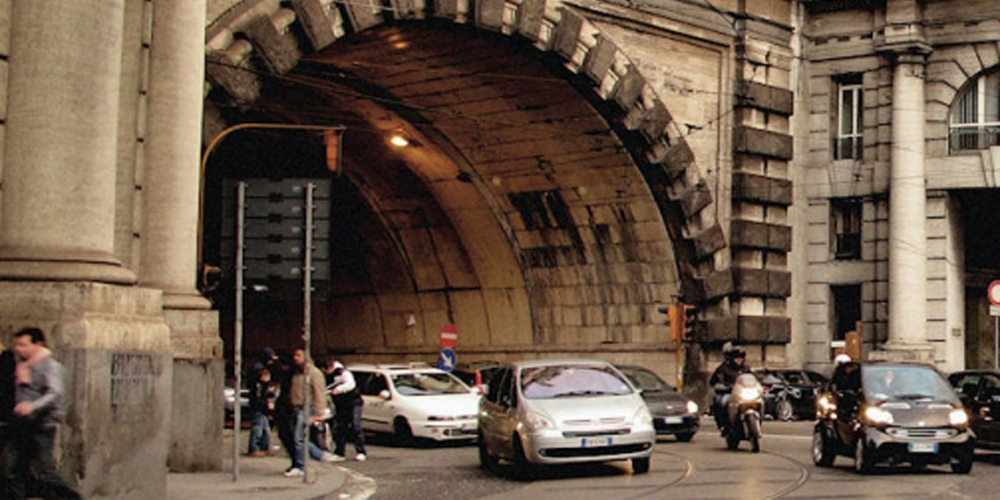Grotta Vecchia is the oldest tunnel
.jpg)
Over the centuries, the three tunnels of the Posillipo hill made it possible to reach the Flegrea area in a short time.
The oldest tunnel is called Grotta Vecchia and it is of the 2nd or 3rd century BC, now it isn't accessible. It is said that the tunnel was so low that the travelers were forced to lower themselves so as not to hit the head against the vault.
The Grotta Vecchia was renovated only in the 1st century AD by the Roman architect Lucio Acuto Cocceio, the new tunnel was named "Crypta Neapolitana" or "Grotta di Cocceio" in honor of its builder. Furthermore, the tunnel has been continuously expanded over the centuries and finally abandoned in 1882.
Today it is possible to admire an entrance of the tunnel in the famous park of Vergiliano (for info about the park click here), next to the tomb of Virgil and then the other entrance in Fuorigrotta area.
Galleria Nuova: the new tunnel that connects Naples to the Flegrea area

Closed the Grotta Vecchia, it was necessary to build a new tunnel that connected Naples to the Flegrea area. Infact, the Grotta Nuova was built between 1882 and 1885, its construction was not easy because Posillipo is made of tuff.
The Grotta Nuova was built right next to the Cryta Neapolitana, infact, when you take the tunnel to Piedigrotta you pass next to the Parco Vergiliano and then to the entrance of the Grotta Vecchia.
After the Second World War the Grotta Nuova was called Grotta delle Quattro Giornate. In recent decades, the tunnel has been closed to the pedestrian crossing and used only for car traffic.
Galleria Laziale is the most recent tunnel

The Galleria Laziale hasn't particular historical interest, it was inaugurated in 1925 and it is called in this way as Laziale was the company that built it.
The tunnel begins in Sannazzaro square, in the heart of Mergellina and it ends in the area of Fuorigrotta, where it is possible to admire many buildings from the Fascist period.
Infact, Fuorigrotta has always been an agricultural area and transit area towards Pozzuoli and the Flegrea area. Only in the Fascist period it had a real urban transformation, making Fuorigrotta a residential district.










Lascia un commento